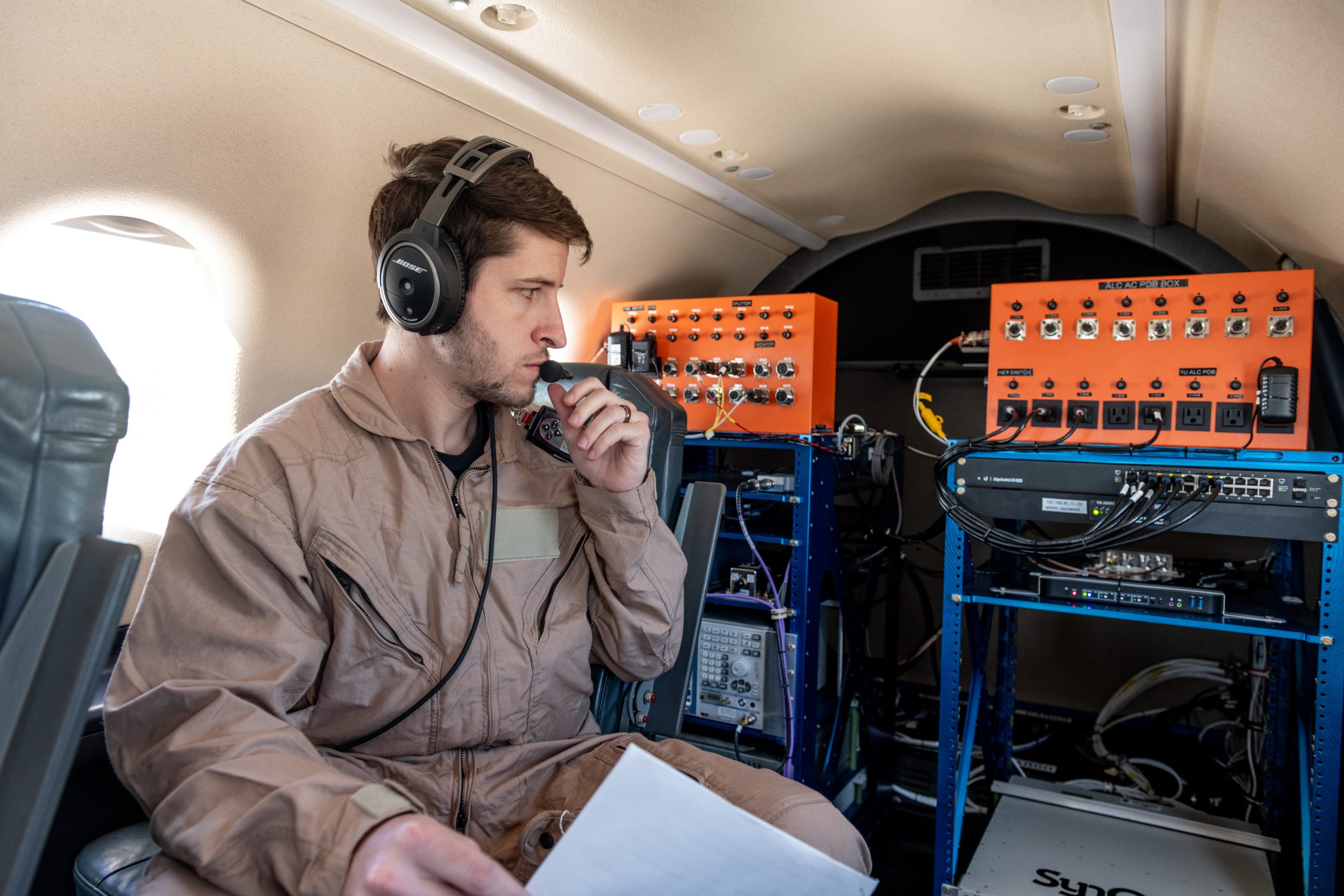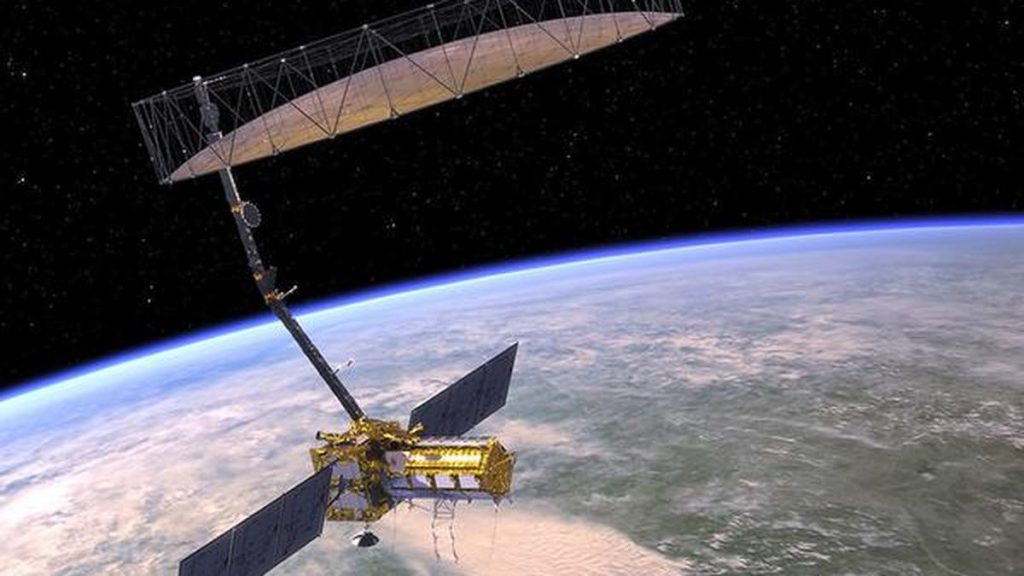Now Reading: NASA Tests 5G Aviation Network to Enhance Air Taxi Connectivity
-
01
NASA Tests 5G Aviation Network to Enhance Air Taxi Connectivity
NASA Tests 5G Aviation Network to Enhance Air Taxi Connectivity

Quick Summary
- NASA engineers are testing 5G cellular network technology for future air taxi communications.
- Research conducted at Glenn Research Center, Cleveland, includes specialized radio systems designed to test signal quality for aviation use.
- 5G networks offer low transmission delay and high data management, which could improve urban flight safety for air taxis.
- The study aims to evaluate how existing cellular networks can be adapted rather than creating entirely new systems. Researchers believe 5G could provide an “80% solution,” with the remaining requirements tailored for aviation needs.
- Tests utilized a radio system installed on NASA’s PC-12 aircraft paired with a ground station antenna, examining signal strength under various conditions such as distance and obstructions like buildings.
- Signal interference from propeller modulation was identified and will be studied further as lower altitudes intensify this impact in air taxi flights.
- Findings will be shared with the Federal Aviation Administration (FAA) for advanced air mobility planning.
- Future research will address performance metrics like data speeds and synchronization between aircraft systems.
Indian Opinion Analysis
NASA’s exploration of integrating 5G technology into aviation communication systems highlights the potential crossover of advancements in different sectors-telecommunications and aerospace-to create scalable solutions quickly without starting from scratch. For India, which is keenly pursuing advancements in smart cities, electric vehicles, and drones as part of futuristic infrastructure goals, these findings open intriguing possibilities.
Air taxis supported by reliable urban communications networks like 5G could complement India’s efforts toward cleaner transportation solutions while addressing traffic congestion across major metropolitan areas over time. However, challenges involving signal interference due to complex cityscapes or crowded frequencies remain significant considerations that would directly influence compatibility within India’s diverse urban settings.
Collaboration between global entities such as NASA and domestic aerospace institutions might lead to faster adoption aligned with global aviation standards while expanding research capabilities locally under programs similar to ISRO’s innovative frameworks.
India may benefit substantially from adopting technologies repurposed creatively-such as leveraging telecom growth investments already deployed nationwide alongside forward-looking policies tailored around emerging modes within urban mobility priorities widely evaluated globally too simultaneously occurring!






















